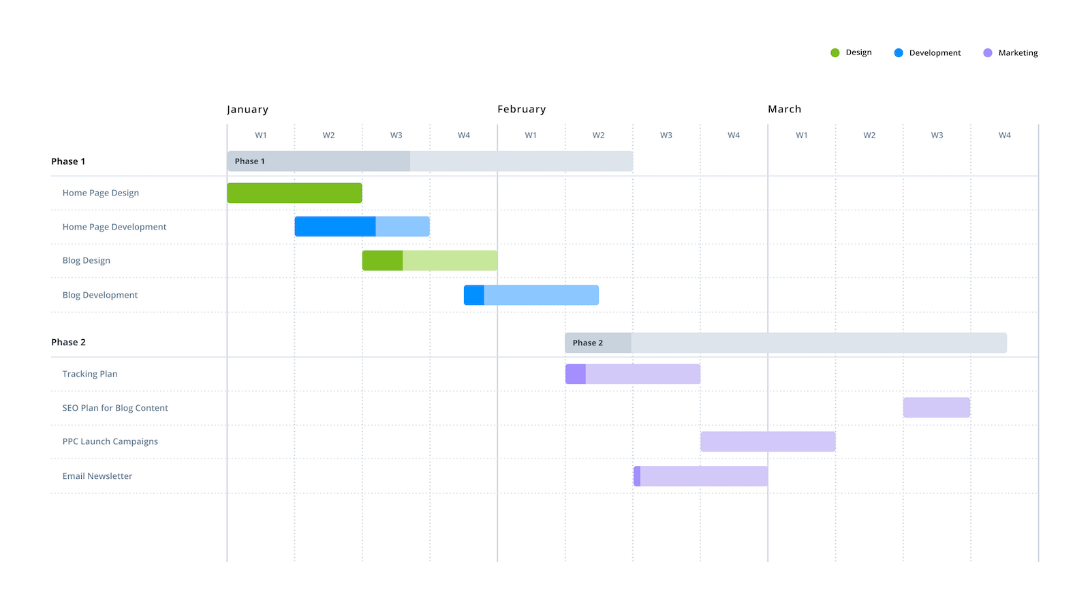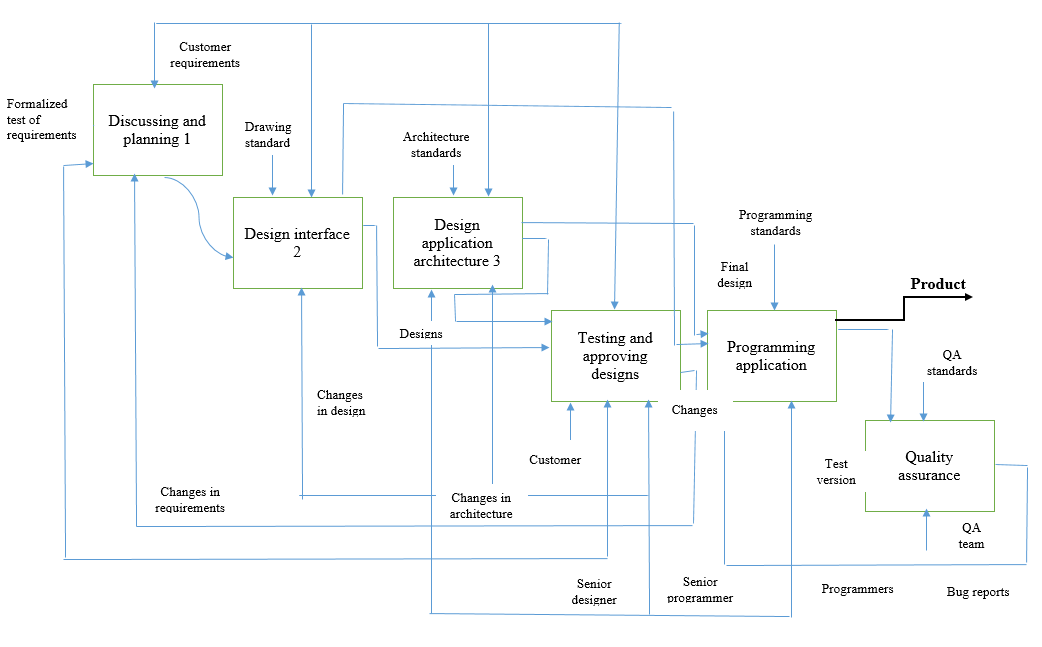Requirements
Among the key requirements for digital application development, one must mention the need to build thorough and detailed information architecture. Thus, the essential processes related to data management will be streamlined, ensuring that the application functions impeccably. A comprehensive and meticulous market analysis will be conducted so that the needs of the target audiences could be identified accordingly (Shivakumar, 2018). Notably, the broad reach that the app in question is going to have as an app for any kind of startup will imply that a particularly detailed market analysis will be needed to highlight the current trends and represent them respectively in the application.
Creating a platform for mockups is another crucial stage in app development, which is why a certain amount of the project resources will have to be spent on buying the necessary software. Thus, a model that would reflect the process of using the app in an authentic setting will be built. Hiring and outsourcing experts in app development, marketing, and financial management should also be deemed as one of the main steps toward building a successful app (Shivakumar, 2018). Since the global digital market is filled with a range of threats to cybersecurity, reinforcing the defense system within the app should be viewed as indispensable.
Finally, the development of the application will require the presence of the front-end staff, who will collect information about the key trends and attitudes within the selected market setting as well as forecast future alterations in the specified area (Shivakumar, 2018). Namely, the needs and tastes of the target audience will be researched thoroughly so that the framework for the application to be developed could reflect the exact stages of the startup creation.
Inventory Management
In the digital setting, the physical inventory used during project implementation is nonexistent. Therefore, technically, the project in question, which seeks to develop an app for startups, does not have the inventory that it needs to manage as physical projects do. The absence of inventory that this project could incorporate for its completion to be coordinated and managed could imply several major positive outcomes. First and most obvious, the absence of physical inventory for the creation of the app will result in zero costs for the inventory-related concerns. The described characteristic of app development projects is one of the essential benefits that the digital context can offer for project management (Shivakumar, 2018). Therefore, the lack of physical inventory management requirements will have to be seen as a potential for allocating project resources more effectively since inventory management will be nonexistent and, therefore, will not require taking any expenses.
At the same time, it is worth noting that the development of an application will imply using quite a number of digital resources actively. Specifically, utilizing the resources needed to develop the necessary software, such as the application of a specific programming language, preferably HTML5, CSS, or Java, and incorporating the tools for designing a user-friendly and functional interface will be needed. Additionally, human resources for testing the app, debugging it, and ensuring that the emerging issues are fixed accordingly, will be required (Shivakumar, 2018). Therefore, the software to be utilized as the main tool for building the app could count as the representation of the project inventory.
Capacity Planning
For this project to be implemented successfully, recruiting competent and knowledgeable employees will be required as one of the fundamental steps toward handling the key tasks and ensuring that the main objectives are implemented. Outsourcing should be considered the best strategy for this project since the support of the best experts in the field will be needed. Specifically, by using outsourcing, the managers of this project will create a robust environment for sharing experience and knowledge, which will help staff members to develop new skills and gain essential insights into innovative ways of managing key tasks (Shivakumar, 2018). In the app development project context, the specified perspective on capacity planning implies recruiting experts by outsourcing them from other companies and encouraging them to participate in interdisciplinary collaboration when developing the app.
The focus on interdisciplinary cooperation will minimize the probability of mistakes that could lead to bugs in the app and its resulting malfunctioning. For this reason, a range of stages in the project management process overlap, as Fig. 1 below shows. Specifically, the Gantt chart demonstrates the necessity for the team to coordinate its actions at the stages such as software development planning, system test planning, creating the software test environment, running the test, etc. As the chart shows, the focus on promoting collaboration between the designer, the analyst, the strategist, the developers, and the quality assurance team at different points in the design of the app will be vital to ensure its proper functioning.

For the purposes of this project, it will also be reasonable to split the staff members into teams while maintaining cooperation among them. Thus, each team will focus on a specific task while receiving vital information about the current progress from the rest of the groups (Shivakumar, 2018). As a result, continuity and cohesion will be introduced into the environment of the project, allowing the participants to utilize their capacity to the maximum.
Process Flowchart
In order to illustrate the main steps of developing the application that will support entrepreneurs in their endeavors of building and running a business, a flowchart depicted below has been designed (see Fig. 2). As the flowchart demonstrates, the key steps of the app development will include the planning phase, the development of the user-friendly interface, the stage of testing and approving, the application of programming, and the quality assurance process (Shivakumar, 2018). However, while seemingly streamlined, the described set of milestones will also represent a series of intermittent interactions within the team so that each new action implemented could become the platform for developing another aspect of the app.

For instance, as the chart shows, customer requirements will be utilized at all of the first four stages of the app development in order to ensure that the project meets the reality of the present-day market and allows entrepreneurs to tailor the process to the specifics of their businesses. However, while being the very first stage and seemingly having a direct connection only to the nest stage of interface design, the results of planning and discussion serve as the framework for controlling the rest of the project, namely, the implementation of its key stages and the management of quality (Shivakumar, 2018). Similarly, the testing and development phase is inextricably linked to the stage of the interface design since the choice of the test is predicated upon the decisions made at the design stage. Finally, quality assurance is implemented not only at the final stage of the project but also during testing.
Following the steps outlined above will guarantee the successful implementation of the project. Therefore, it is vital to introduce cooperation across the teams within the project and guide them toward consistent quality and corporate goals. As a result, the app will be designed to meet some of the most rigid standards of the target market, which is why the project needs to be by the proposed approach for resource allocation.
Reference
Shivakumar, S. K. (2018). Complete guide to digital project management. Apress.